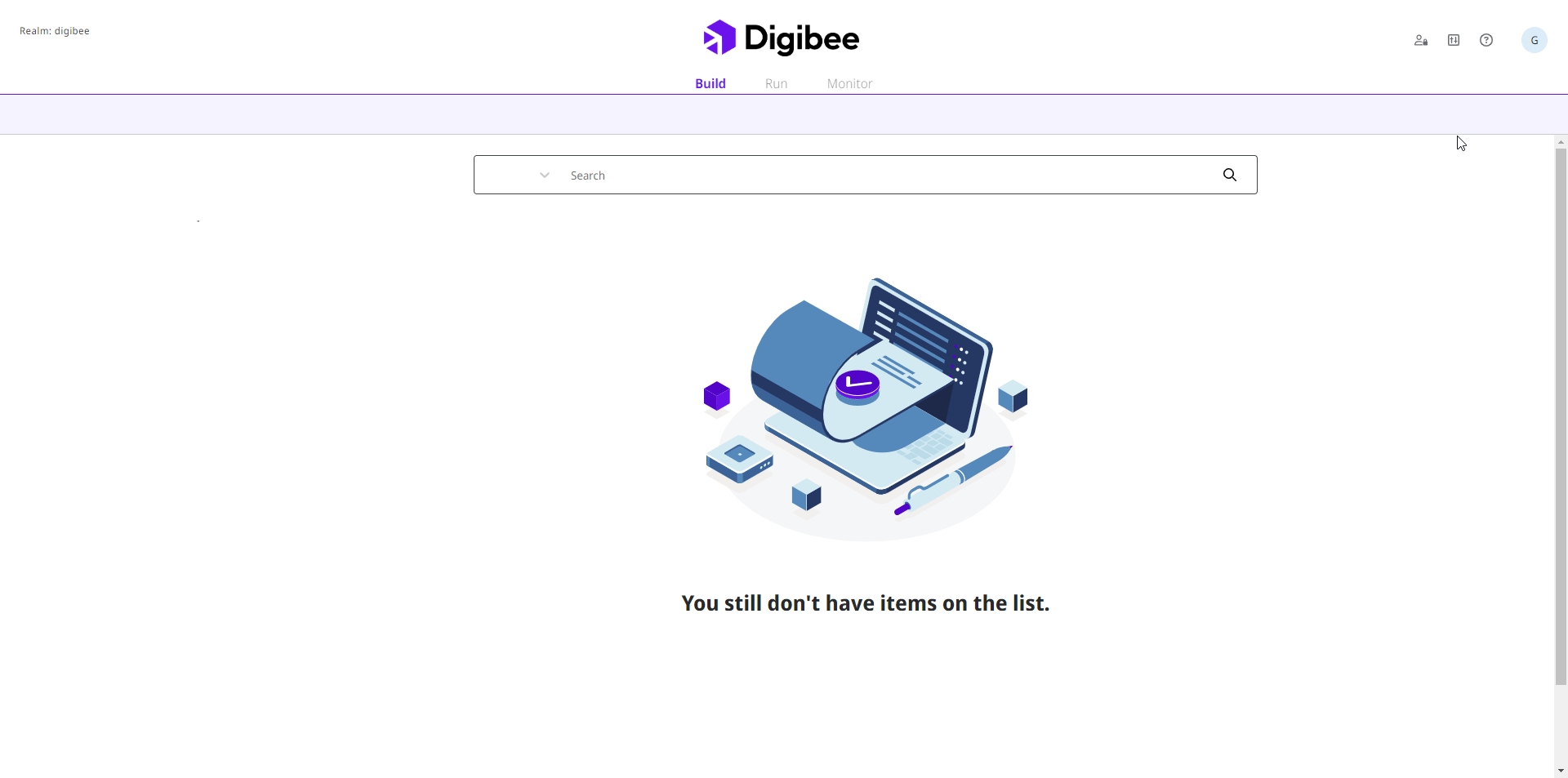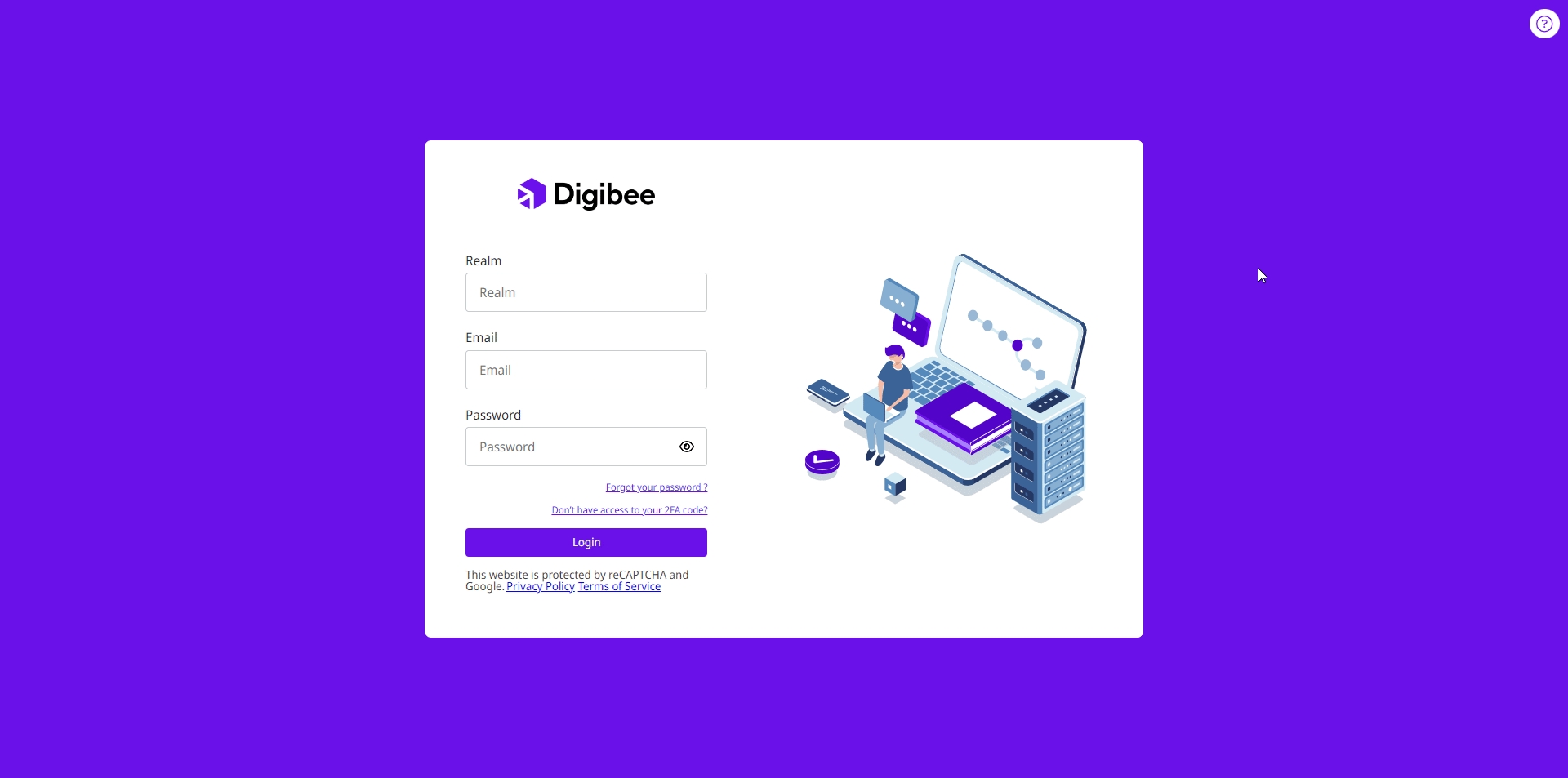Digibee Customer Support
Digibee Support consists of experienced professionals who are ready to help you solve your questions and problems quickly and effectively.
You can reach us through:
Inside the Platform: Click the ? icon in the upper right corner in your logged-in environment.

Login page: Click the ? icon in the upper right corner before logging in.

Digibee website: Click the floating Intercom button in the bottom left corner.

Email: Send your request to [email protected]
FAQs
What can I ask Digibee Support to help with?
The Support team will help you become independent with the Platform by:
Facilitating the understanding of connectors and their use in integration flows.
Answering questions about using the Platform and its features.
Investigating and resolving Platform-related incidents.
Handling infrastructure-related requests.
What should I inform when contacting Digibee Support?
For development-related questions, provide:
A clear description of your question.
The integration logic and what you are trying to achieve.
The pipeline name.
The environment (Prod, Test, or others).
For incident-related issues, provide:
The pipeline name.
The project name (if available).
The environment (Prod, Test, or others).
The pipeline key (for errors or incidents).
The error message with date and time.
The expected behavior compared to what happened.
Previous analysis you have performed with evidence from tests.
Any other pertinent information that will help with identification and analysis.
Who can contact Digibee Support?
We are available for any request, whether or not the requester is an active customer.
If you don’t have an active contract:
You can ask general or technical questions about the Platform.
If you have an active contract:
Before logging in: You can request information and ask general or technical questions about the Platform or user authentication issues. Customer realm data will not be shared.
After logging in: You will receive full support for questions, guidance, development support, and incident resolution in deployed flows. If the question relates to an ongoing project, it will be forwarded to the internal team working with the customer.
What isn’t covered by Digibee Support?
We can’t help you with:
Sharing contractual information.
Making complex adjustments that require a longer execution time or a greater understanding of the changes or change the development strategy.
Making adjustments or answering questions about pipelines that are still in the design phase of the Digibee project team. These are forwarded to the project team working with the customer.
Providing information from the customer environment to non-authenticated users.
Resolving issues with systems or endpoints outside of Digibee.
What access permissions does the Support team have?
We have read-only access to customer realms. If changes are required, please grant access to the Support team by following these steps:
On the Platform home page, click the question mark icon in the upper-right corner.
Select Support Access.
Set the number of days our Support team can access your realm (minimum: 1 day, maximum: 31 days).
Click Grant Access.
To revoke access, return to the same page and click Revoke Access.
Only accounts with the right permissions can authorize this access.
Does the Support team make adjustments to Test or Production pipelines at the customer's request?
We always try to help the customer make the necessary adjustments. In some cases, we can configure the environment and make minor adjustments to the customer's pipelines if required and approved by the customer.
For more complex cases that require a better understanding of the changes or the scope of the changes in the project and the architecture of the pipelines, we bring in the project team to follow up on the need and the action plan.
How does Digibee Support prioritize requests?
We prioritize requests according to their importance:
Priority 1 (Critical): Complete unavailability of the environment or Platform connectors affecting the pipelines in the customer's production environment (PROD) and for which there is no defined workaround.
Priority 2 (High): Partial unavailability of resources (one or more) and/or degradation of Platform performance affecting the production environment (PROD) and for which there is no defined workaround. Other pipelines are available and other functions remain operational.
Priority 3 (Medium): Unavailability of resources (one or more) and/or degradation of Platform performance affecting the production environment (PROD) and it is possible to implement a temporary workaround. Unavailability of pipelines in the customer’s test environment (TEST).
Priority 4 (Low): Topics not related to unavailability, such as: questions, requests, advice, guidelines.
What are the service times followed by Digibee Support?
Further information on this topic can be found on the Digibee MSA.
Can I escalate my case?
You can escalate a case if:
There is something that contradicts your expectations.
The scenario has changed and a different approach is required.
You feel that the case needs to be inspected by someone other than the assigned Support Engineer.
Before escalating, please make sure that:
The case has already been opened with the Support team via chat and is currently under analysis.
You have the ticket ID, as it’s required to submit your escalation request.
You can then send your escalation to [email protected].
Please note that an escalation does not automatically mean that your case will be resolved faster, but it does ensure that you are connected with a Support Lead to make sure we understand your escalation and agree the next steps for your case.
How do I escalate a case?
Send an email to [email protected]
Let us know which case you would like to escalate. Include:
Chat ID (ID of the first chat you opened with the Digibee support team. If you don't have it, you can ask the Engineer in the chat itself).
Description of the problem.
Environment (whether it is a Production or Test environment).
Justify your escalation.
Last updated
Was this helpful?